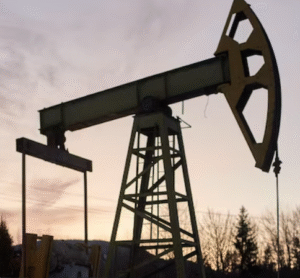$XOM $CVX $ENB #AlbertaOil #NaturalGas #EnergySector #EnvironmentalImpact #OilProduction #GasFlaring #AlbertaRegulations #SustainableEnergy #CanadianOil #AER
Did Alberta Benefit from Ignoring Its Own Flaring Limits for Years?
In a recent move that has sparked extensive debate, Alberta formally removed its long-standing flaring limits. For over two decades, these self-imposed caps aimed to control the environmental impact of natural gas flaring during oil and gas production. This practice, essential for safety and operational efficiency in oil fields, involves burning off excess gas. However, it has significant environmental implications, including the release of carbon dioxide and other pollutants.
Environmental and Regulatory Background
Flaring has been a critical issue in Alberta, a province known for its substantial oil and gas reserves. The Alberta Energy Regulator (AER) had enforced a flaring limit to mitigate environmental damage. Despite these regulations, local oil and gas companies have consistently exceeded these limits, culminating in their removal last week. This regulatory shift raises questions about the province’s commitment to environmental sustainability.
Economic Implications
While the environmental concerns are significant, the economic perspective of this decision cannot be ignored. Alberta’s oil and gas sector is a substantial part of its economy. By removing flaring limits, the province may be aiming to enhance oil production efficiency and economic gains. This deregulation could potentially lower operational costs for oil companies, leading to increased activity and higher outputs in the sector.
The Balance Between Economy and Environment
The decision to eliminate flaring limits is a delicate balance between economic growth and environmental protection. Supporters argue that it could lead to economic benefits and job creation in Alberta. However, critics warn of long-term environmental damage and potential health risks associated with increased flaring activities.
Looking Ahead
As Alberta navigates this controversial decision, the impacts on both the economy and the environment will be closely watched. The province’s ability to manage its natural resources sustainably, while fostering economic growth, remains a critical challenge. For more detailed insights into the oil and gas sector’s impacts, you can explore further on our dedicated stock news section.
In conclusion, Alberta’s recent regulatory change is a significant shift in its approach to managing oil and gas production. While it may offer short-term economic advantages, the long-term environmental consequences require careful consideration and management. The province’s future policies will need to find a more sustainable path that aligns economic and environmental priorities effectively.











Comments are closed.